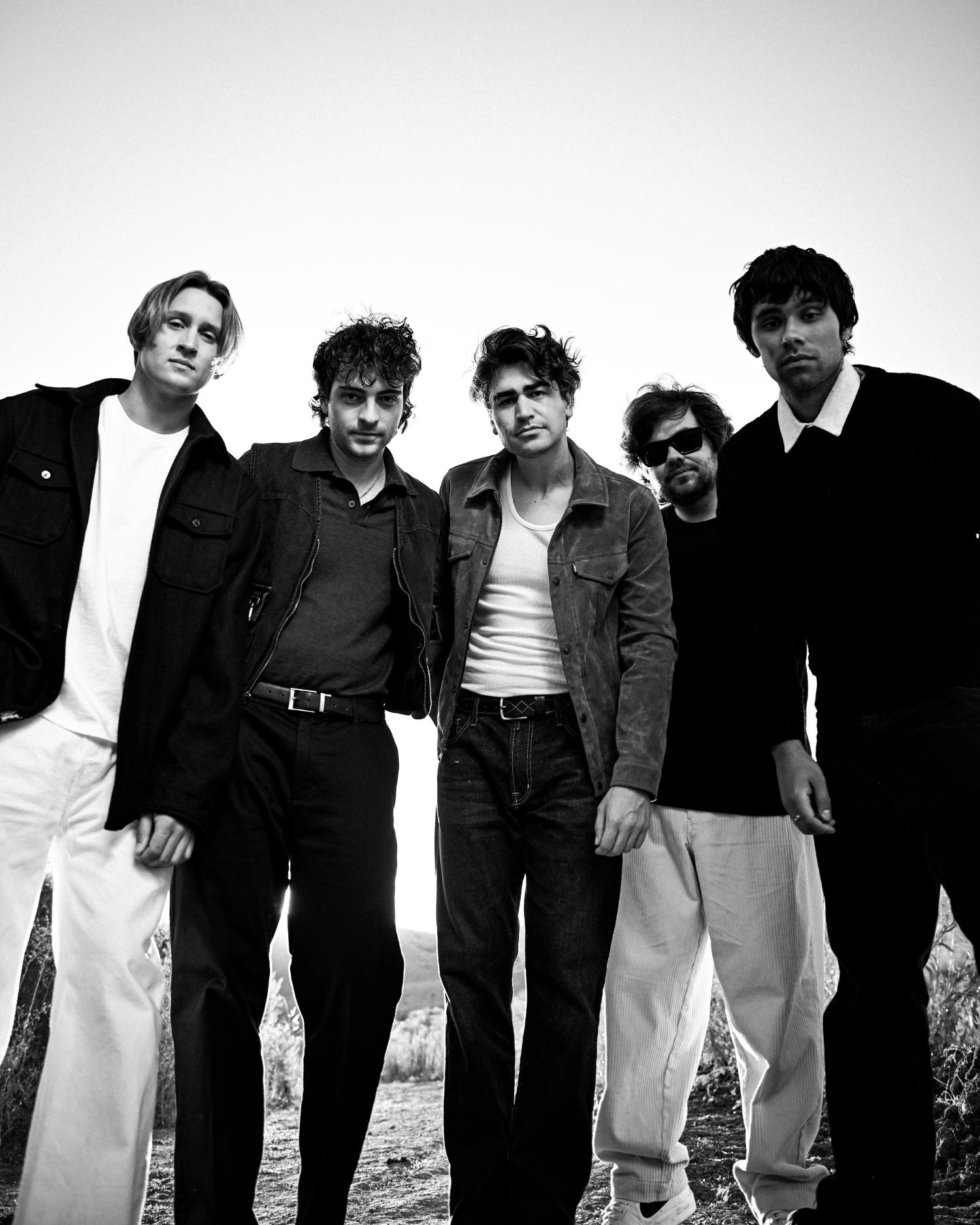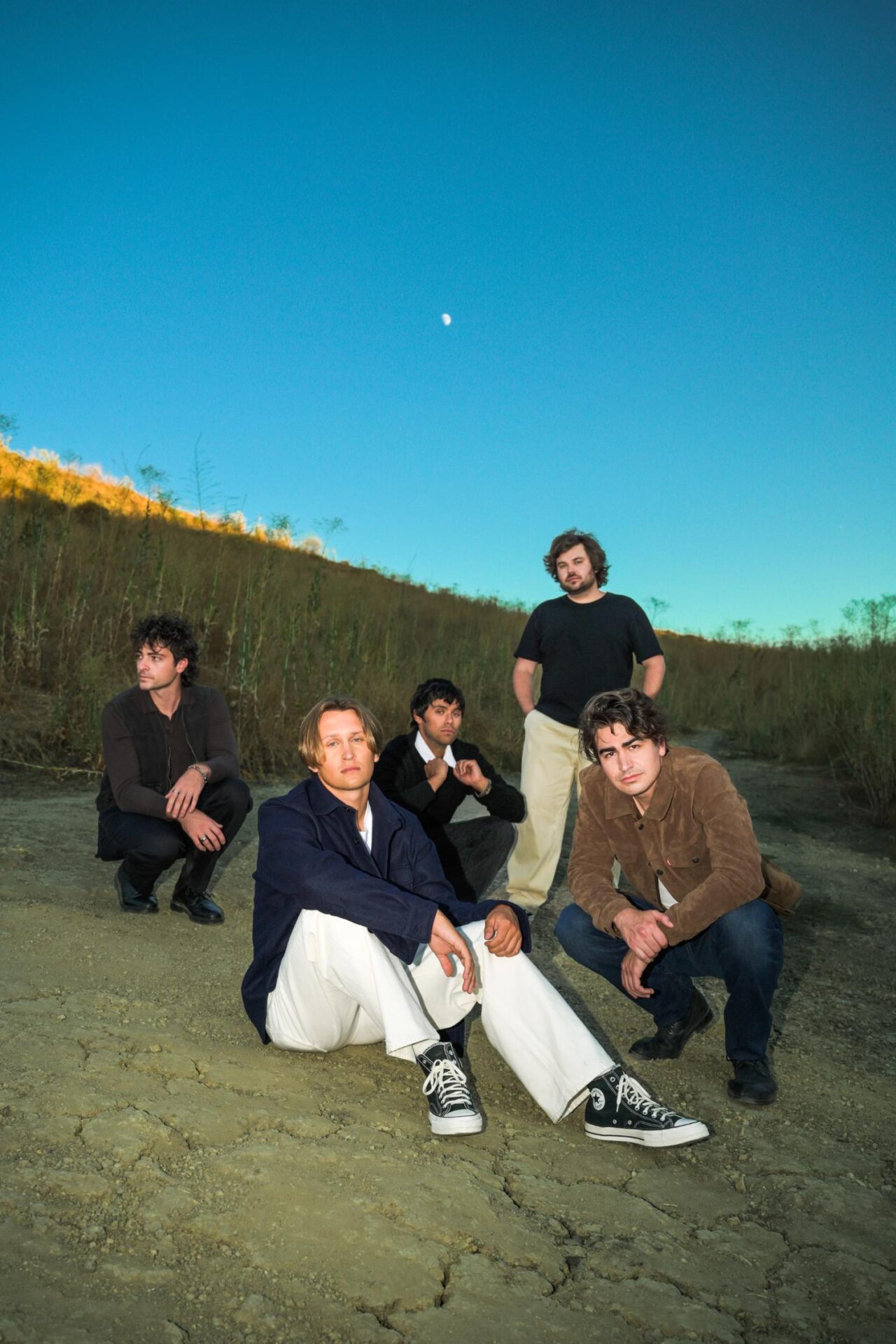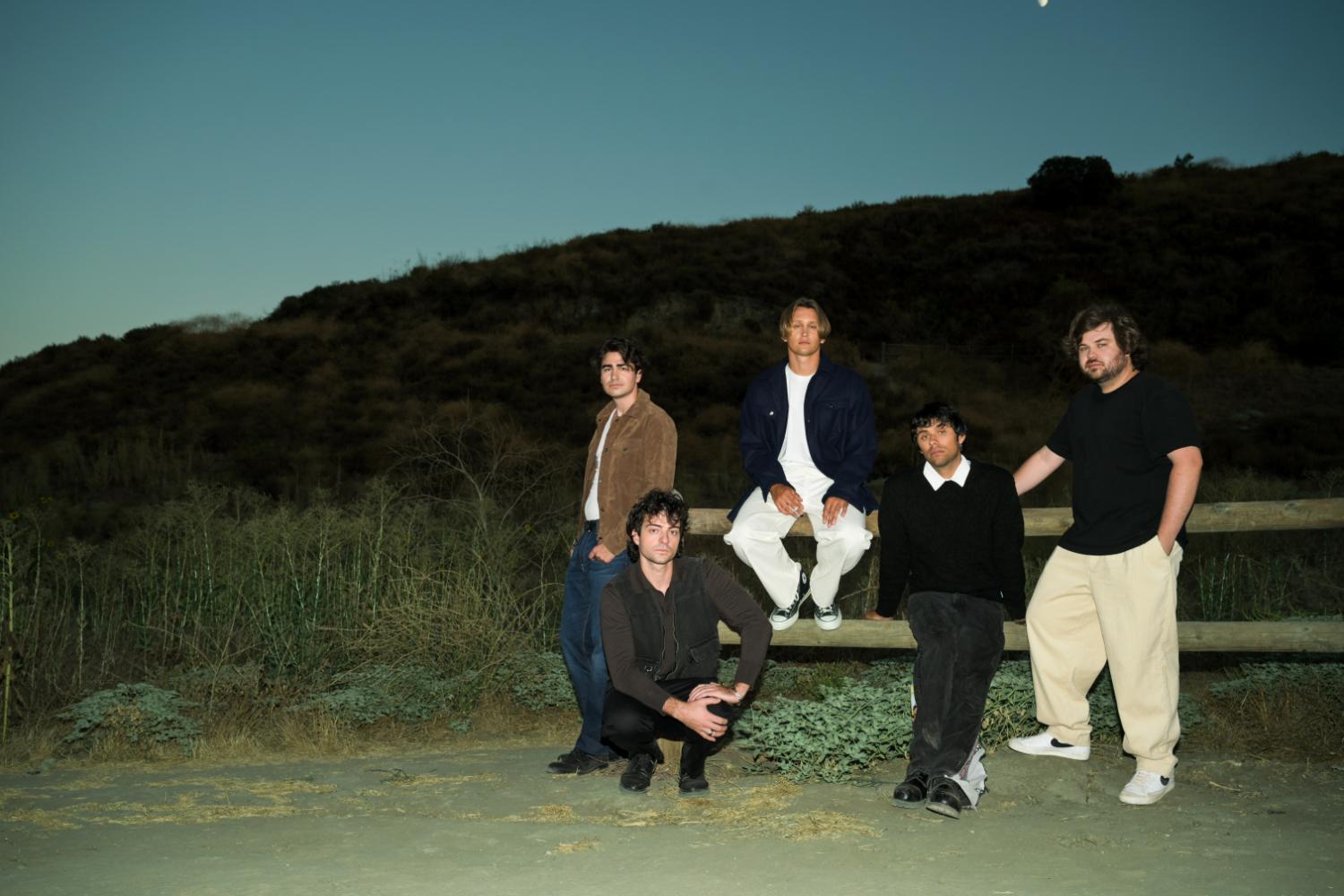Your Favorite Color Talks ‘For You’ and the Stories Behind the Songs
Your Favorite Color Interview

Dive into the heart of Your Favorite Color and their debut album For You. The California-based indie pop-rock band combines nostalgic influences from the ’80s, ’90s, and early 2000s with cutting-edge production to craft a familiar and fresh sound. From their creative process to their personal experiences, we uncover the stories behind the music and what makes For You a defining moment in their career.
FAULT Magazine: Your debut album For You explores themes of love, heartbreak, and self-discovery. Can you share how your personal experiences influenced these stories and shaped the sound of the album?
Matt: I think that For You, and a lot of the songs on For You, were written back when we were in high school, still discovering ourselves as musicians and as people. Obviously, it’s a never-ending discovery. But I think we drew from the DNA of who we’ve grown into as we’ve come of age. A lot of the songs are about love, heartbreak, and finding the person that makes you whole, the person that keeps you grounded.
During that coming-of-age period, you experience a lot of first loves, terrible heartbreaks, and life’s chaos. It’s high energy, but there’s also so much beauty in it—such a warmth in youth. Our songs are a collection of those experiences. They don’t dive into specific stories but instead capture the overarching journey of youth, love, and self-discovery.
FAULT Magazine: Your music draws from iconic pop and rock sounds. How do you modernize these influences to create something new for today’s listeners?
Matt: I have to give a lot of credit to our producer, Stefan Mac. He’s pretty much our sixth band member. The way he produces and brings sounds to life is extraordinary. He constantly blows our minds with how he makes a guitar or a drum sound so unique. When I first heard my voice on our song Stained, which was the first track we got back from him, it was like hearing my voice for the first time in my entire life. It completely changed how I viewed my own voice, which was really special.
Aside from his production, I think the feeling of existing in 2023 and 2024—just the energy of being alive right now—naturally comes through in the music. We’re inspired by early 2000s, ‘80s pop bands, and ‘90s rock bands. Cameron puts it well: the type of music we create is a reflection of what we love to listen to. We grew up on these sounds, but we don’t want to copy anyone. We want to be our own band and trailblaze our own path.
When we write, it has to feel new and undeniably exciting. It’s nostalgic, yes, but it’s also modernized through Stefan’s cutting-edge production and our unique approach.
FAULT Magazine: What inspired the visual creative for the For You music video?
Nicky: Before our album art was finalized, we saw this grainy photo that just felt right—it represented the album’s nostalgic and youthful energy, like a film photo. Once the album art was completed, we wanted to extend that aesthetic into the For You music video. Being the title track, it felt like the right song to bring that visual idea to life.
We kept the neutral colors—mostly black and white—and incorporated imagery that felt like it was falling apart, like a memory disintegrating. The digital effects at the end give this sense of something slipping away, which ties back to the album cover.


FAULT Magazine: How did you decide on the pacing and flow of the album to capture such a range of emotions?
David: Since this is our first album, we wanted it to have really high energy. We didn’t want any lulls or dips from song to song. While some songs are slower and lyrically sad, their energy still feels vibrant. I think we did a good job of picking the most energetic and engaging tracks to keep listeners connected.
FAULT Magazine: What role does romanticism play in your music, and how do you bring a sense of vulnerability to your lyrics and sound?
Matt: Romanticism plays a huge role in this album. As young adults, we often find meaning in the people we associate with—friends, but more often romantic partners. Relationships can shape your identity, for better or worse. There’s a song on the album called Alone that explores losing yourself in a relationship and asking, “Where did I go?”
This search for identity is central to both the band and our music. Relationships bring out the brightest colors and the darkest shadows in us, and we channel all of that into the songs. Love is one of the strongest bonds we can experience, which is why it remains such a universal topic in music.
Nicky: Being young and in love is such an intense, formative experience. Those early relationships leave a lasting impression—they’re something you always remember. When we were writing these songs, we were in that stage of life, so naturally, those themes made their way into the music.
FAULT Magazine: How do you hope listeners will relate to or find themselves in your music?
Matt: I hope people relate to our music the way I did growing up. For me, music was an outlet—a way to process feelings I didn’t know how to handle on my own. I hope our songs help others feel alive and human, the way music has done for us. If our songs can inspire or comfort someone, that’s everything.
FAULT Magazine: As a band, you’ve been together for over six years, evolving your sound along the California coast. How has your growth as friends and artists impacted your music-making process?
Nicky: We all have different influences—David leans more toward rock, while Cameron prefers experimental sounds. When those differences collide, that’s where the magic happens. It’s what makes us a band instead of solo artists.
Over the years, we’ve developed a kind of musical shorthand. When we’re jamming, it’s almost like we’re telepathic. I can predict what Fauz will play on the drums or what Matt will sing next. It’s like we’ve created our own language.
Matt: That familiarity allows us to inspire each other naturally. We’ve become one entity when we’re in a room together, just communicating through the music.

FAULT Magazine: Stained and Back To The Bottom both delve into challenging emotions. How do you approach writing and performing songs that explore heartbreak and introspection?
Matt: Performing emotionally charged songs is always cathartic. They connect us deeply to the music and to our audience. These songs reflect first experiences with love and heartbreak, which are such intense feelings. Playing them live feels raw and honest, like a universal connection.
Nicky: A lot of these songs pair introspective or romantic lyrics with upbeat melodies. For example, Back To The Bottom is in a major key, so it sounds happy at first. That contrast creates this sense of acceptance—it’s like saying, “This feeling is real, but let’s dance through it.”
FAULT Magazine: Embarking on your international tour with The Driver Era is a huge milestone. What is your favorite tour story?
Matt: Playing our first show in Lisbon, Portugal, was unforgettable. Seeing the line of fans wrapping around the building was mind-blowing. Our green room was behind the stage on a second story, and some fans could see us going in and out. Every time we appeared, they’d cheer—it was surreal.
Cameron: I even started messing with them by poking my phone out with the flash on. They’d scream every time I did it and go silent when I pulled it back. It was silly but such a fun way to feel connected to the crowd even before we stepped on stage.
FAULT Magazine: What is your FAULT?
Nicky: In-N-Out Burger.
For more exclusive content on rising stars and groundbreaking releases, visit FAULT Magazine or follow us on [Instagram]